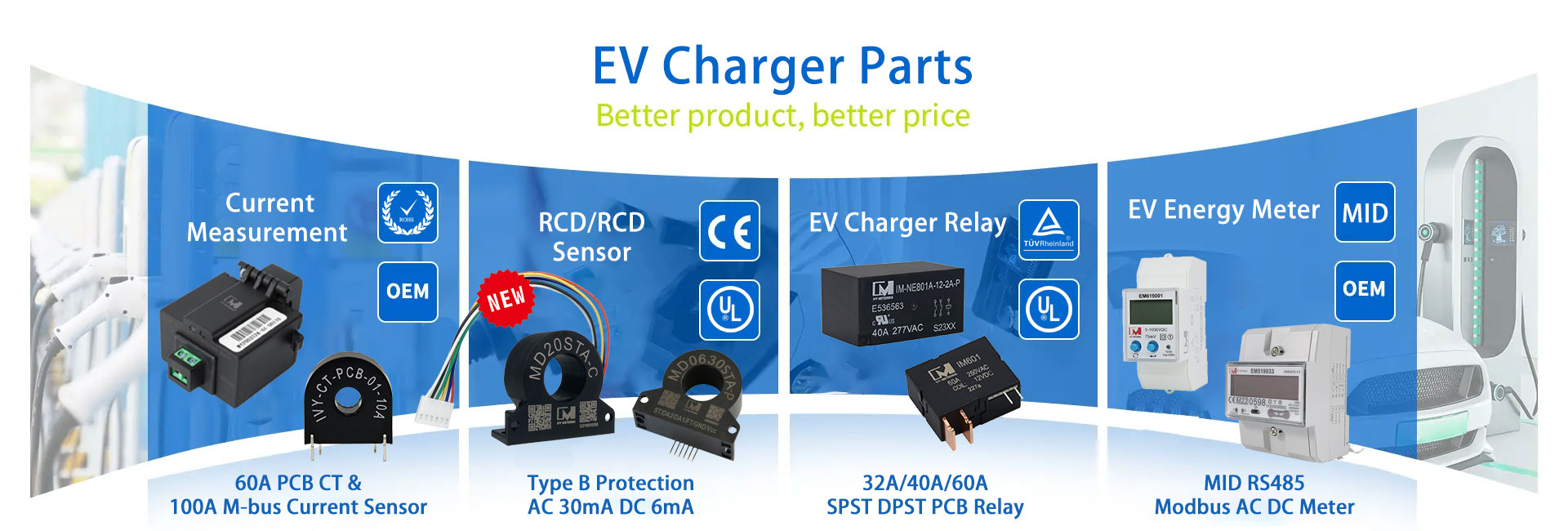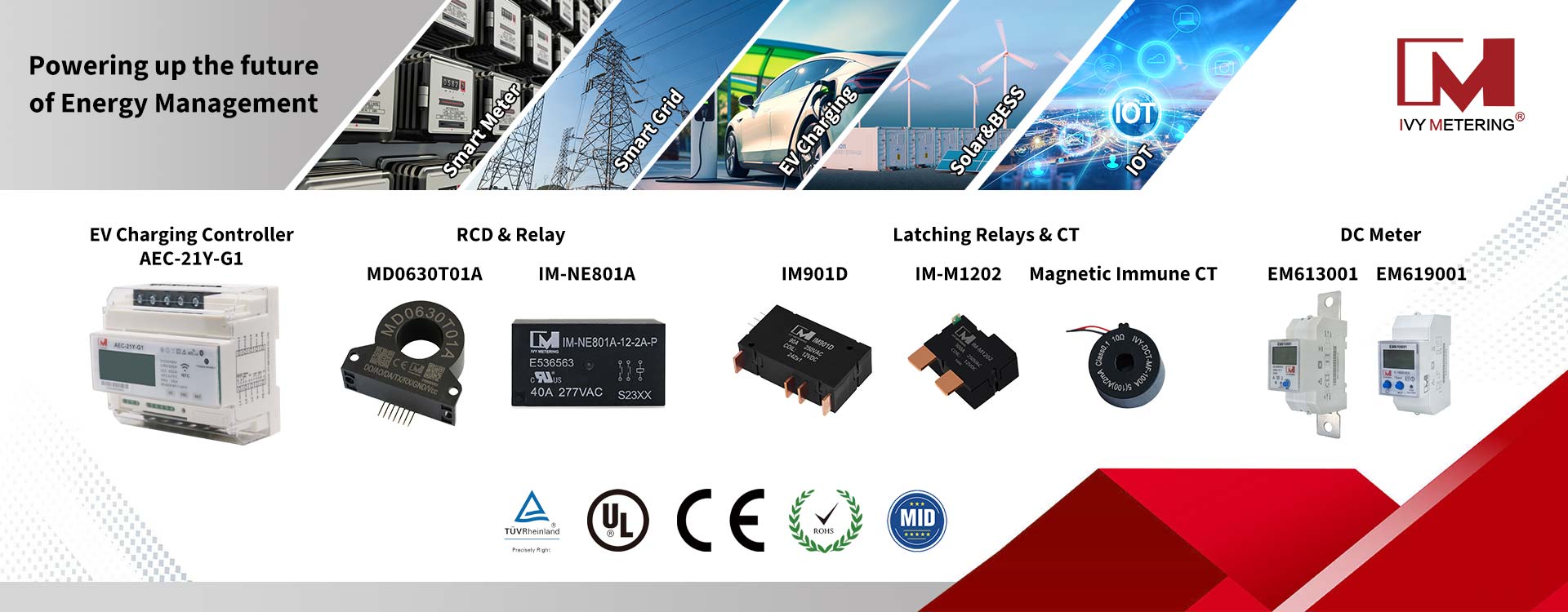Why does IC-CPD need a built-in RCMU to detect DC leakage?
IC-CPD (In-Cable Control and Protection Device) is an online control and protection device. There are generally four types of electric vehicle charging modes. Mode 2 is the most convenient charging method, which is to directly draw power from the home socket. The charging time will be slightly longer than other modes. Based on its portability, each electric vehicle will choose to equip at least one. IC-CPD itself does not process the current, and the charging is completed by the OBC on the car. Its significance lies in real-time monitoring of the current and abnormal alarm action.
During the charging or starting process, IC-CPD is required to complete the self-check function, automatically initialize the self-test, and check whether all its functions including the residual current are normal. If there is an abnormality (such as short circuit or contact adhesion), charging should not be started. Leakage current detection is a key detection content of IC-CPD.

Hazards and types of leakage current
The hazards of leakage are closely related to time. In the case of a protective device to prevent electric shock, the current allowed to pass through the human body can generally be considered as 30mA, and 10mA is the safe current for the human body.
Differences between leakage types TypeAC & TypeA & TypeB (IEC, UL, GB)
[1] TypeAC refers to ordinary sinusoidal alternating current. Ordinary transformer detection is not suitable for EV charging and most leakage detection requirements
[2]TypeA refers to the addition of type A to jumping DC, which is generally detected by a zero-sequence transformer. EV charging is currently in use in China, and the detection protection threshold ranges from 10mA to 30mA. The principle is the same as that of the AC type, and the difference from the AC type is that the magnetic material has been modified. The sensitivity to pulsating DC is improved. The AC type transformer detects a complete sine wave, and the hysteresis generated by the sine wave is a complete loop, with a large magnetic flux Δ. Compared with the former, the jumping DC has only half a cycle, and its corresponding hysteresis loop is even less than half, and the magnetic flux generated is much smaller than Δ. Both type A and type AC detect current based on the change of magnetic flux, so if the current is smooth, the transformer will not be able to detect it.
[3]Type B refers to smooth DC and intermittent DC on the basis of Type A leakage, which are detected by leakage current sensors.
The origin and necessity of DC smoothing 6mA
Reason for detecting DC leakage: Charging of electric vehicles requires residual current sensors to detect leakage, so as to avoid the dangers that may be caused by connecting the car battery (DC) to the main power supply (AC). The DC component generated by the charging pile or control box during the charging process will affect the quality of the power grid, and DC leakage will also have the risk of arcing on the electrical appliances themselves.
If there is a smooth DC leakage current of IΔn DC ≥ 6 mA in the IC-CPD, the response time and sensitivity of Type A will be disturbed during long-term charging (the high permeability ring will produce magnetic deviation under the influence of DC). Since this type of leakage cannot be detected, the protection threshold of the Type A leakage current sensor will no longer be reliable. In order to prevent false detection, you can choose to integrate a Type B RCMU (Residual Current Monitoring Unit) inside the IC-CPD or add a Type B RCD (Residual Current Device) outside. The former has advantages in integration and cost. Those who are familiar with photovoltaic inverters will find that this is the same principle as the initial addition of expensive Type B RCD to the outside of the inverter, and the gradual change to built-in RCMU.












